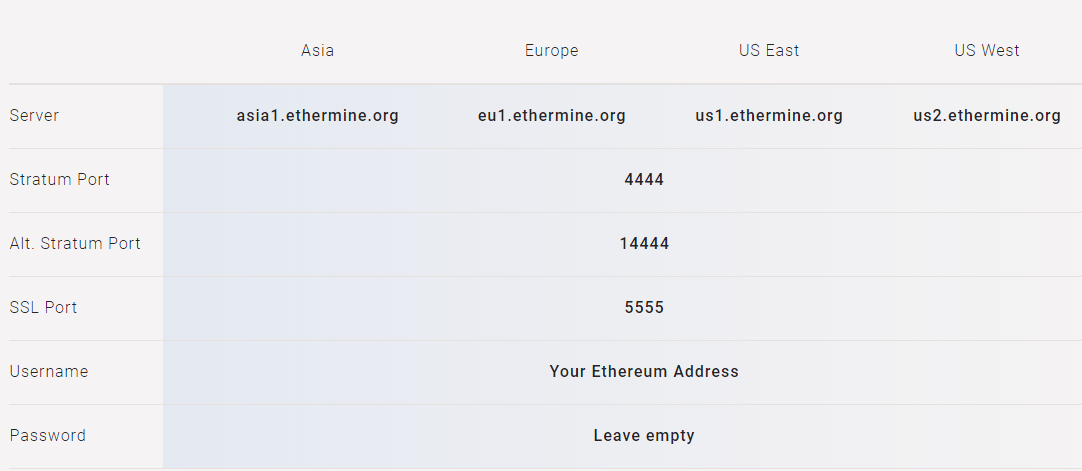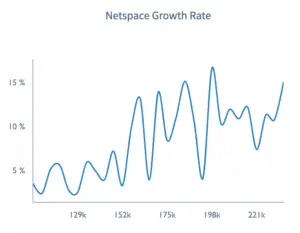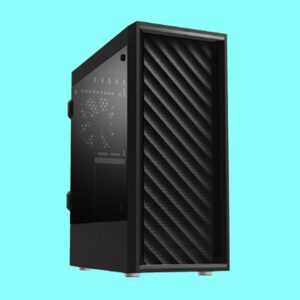The prices of cryptocurrencies are currently at an all-time high, and Ethereum’s $2000+ value per coin is no exception. At the moment, it’s one of the most profitable cryptocurrencies to mine. If you don’t yet know how to mine Ethereum, don’t worry; we’ve got you covered. Below we’ve created a step-by-step guide to mining Ethereum.

How to Mine Ethereum
Make sure your hardware’s all set:
This should probably go without saying, but you need a computer with a relatively powerful graphics card in order to mine Ethereum efficiently. If you don’t yet have a computer and are looking to build one from scratch, check out my complete guide to doing so here.
See Also: How to Mine Cryptocurrency: The Essential Guide
Create an Ethereum wallet:
You’ll also need a wallet in which to store your Ethereum once you’ve mined some. You can buy a hardware wallet such as this one, but it’s much easier to setup a virtual wallet. My wallet of choice is Coinbase, since you can download their app on your phone and manage your Ethereum balance from there. Regardless of which wallet you use, once you set up your account you’ll be given an address that’s formatted similarly to this:
0x6db239e85b37c1a52eda71dc49fb660a1bc48df6Download a miner:
Once you’ve got your wallet set up, you’ll need to download a miner. I personally use PhoenixMiner, which you can download from this page. It’s relatively easy to setup, and is one of the fastest miners available (keep in mind, there’s very little variance in speed between miners, so the difference is only about 3-5%).

Configure the miner’s batch file
When you unzip the file, you’ll see a massive amount of files, most of which have the .bat extension (these are called batch files). Delete all of the batch files, create a new text document, and save it to the folder.
You’ll now need to copy and paste the following into the blank document (or use our Ethereum batch file generator to create one with other parameters):
setx GPU_FORCE_64BIT_PTR 0 setx GPU_MAX_HEAP_SIZE 100 setx GPU_USE_SYNC_OBJECTS 1 setx GPU_MAX_ALLOC_PERCENT 100 setx GPU_SINGLE_ALLOC_PERCENT 100 PhoenixMiner.exe -epool us1.ethermine.org:4444 -worker WORKER1-wal 0x6db239E85b37c1A52eDA71dC49FB660A1BC48Df6 -pass x
This will configure your settings correctly for mining in the Ethermine pool (more on that later), however you need to change the wallet address to your own. Additionally, if you live closer to another server on the list below, change the section reading “us1.ethermine.org” to the most optimal server for your location.

You can name the document anything you want, but save it with the .bat file extension. To do this, make sure that, at the bottom of the window in the bar labeled “Save as type” you select “All files(*.*)” and replace the “.txt” extension with “.bat”.

Once you’ve setup your .bat file, you’re ready to start mining. Double-click on it and it will pull up the command line, where PhoenixMiner will begin running. To check on your Ethereum balance, go to the Ethermine website and type your wallet address into the “miner address” bar. It will show you all of your workers, and show you your currently Ethereum balance.
If you want to get paid more frequently, change your minimum payout to the lowest possible quantity under “settings”. Ethermine pays weekly either way, so if you don’t earn close to $50 in a week, you’ll get paid weekly regardless of your minimum payout. Once the Ethereum is transferred to your wallet, you can either hold onto it or sell it for the current price.
That’s it! If you’ve successfully completed these steps, you’re good to go. Just remember to leave your miner running whenever you can for the best results. If you have multiple computers you want to set up for mining, the easiest way to do this is copying the PhoenixMiner folder to a thumb drive and transferring it over to the other computer. All you have to do then is change the worker name on the other computer.
If you don’t have a computer yet but are wanting to build one, check out our Beginner’s Guide to Building a PC. It’s a great resource that covers the entire process from start to finish. Good luck, and happy mining!



